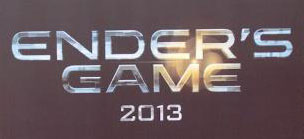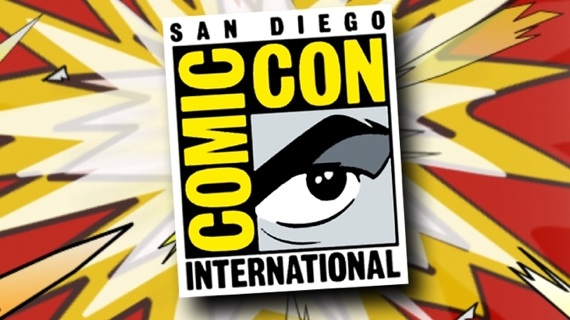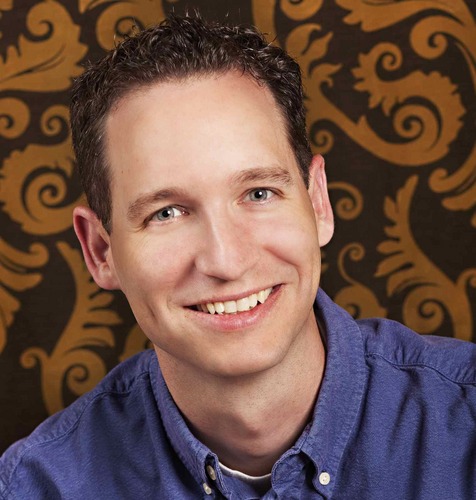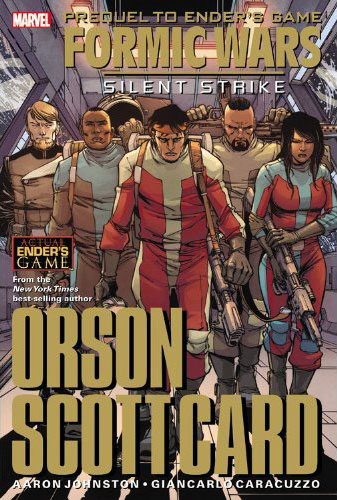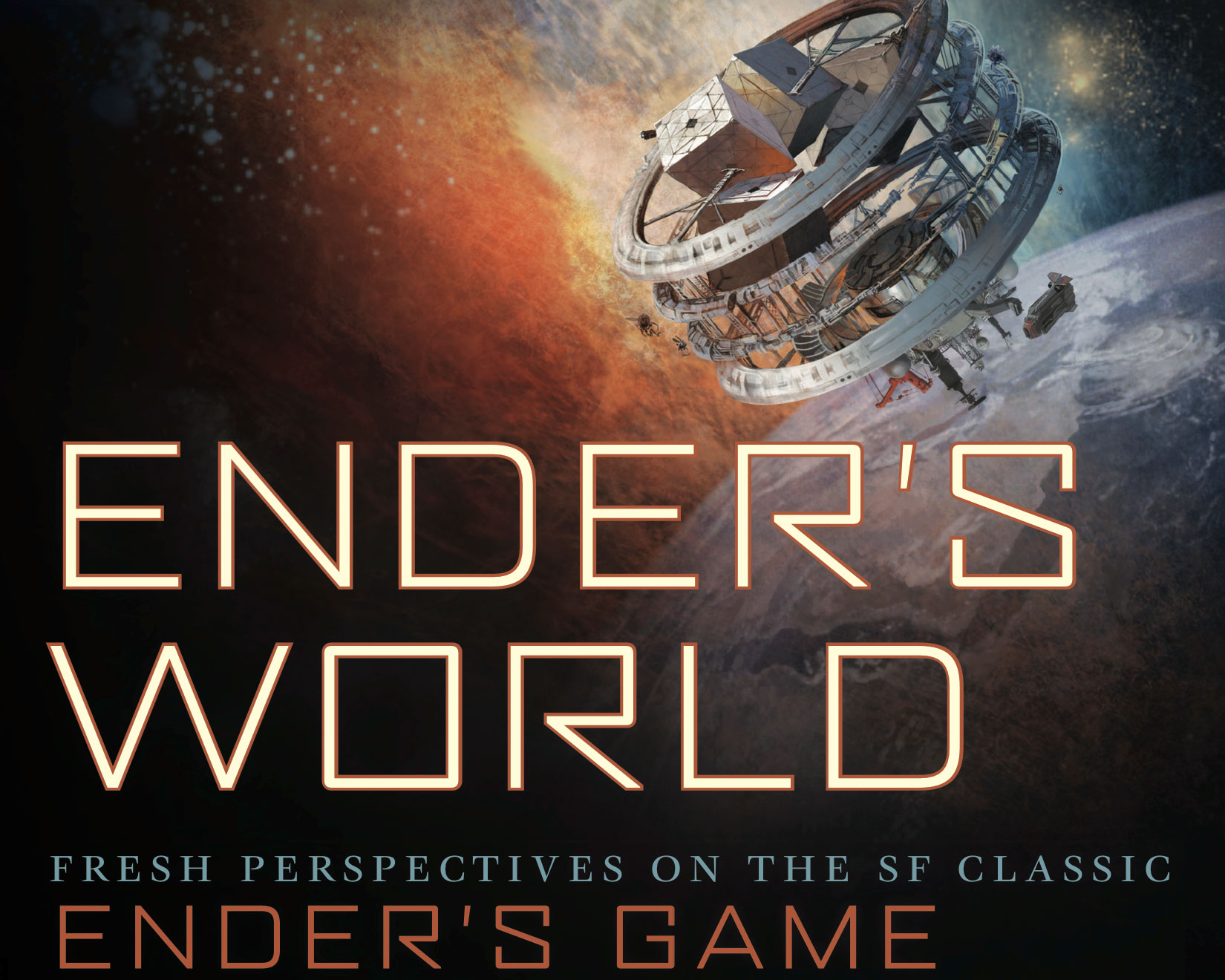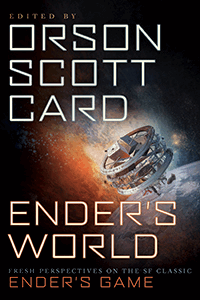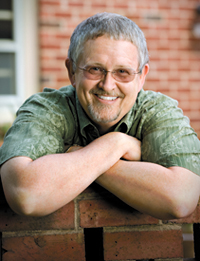 Last week, Ender’s Game author Orson Scott Card visited the set of the Ender’s Game movie currently being filmed in New Orleans, Louisiana.
Last week, Ender’s Game author Orson Scott Card visited the set of the Ender’s Game movie currently being filmed in New Orleans, Louisiana.
He gave a fairly detailed account of his six hour visit in his Greensboro newspaper column ‘Uncle Orson Reviews Everything‘ and it sounds like the production has his stamp of approval. Card was on hand to watch filming and to record a voiceover line, playing a pilot making an announcement to the passengers on his flight, which included Col. Graff (Harrison Ford) and Ender (Asa Butterfield).
Perhaps the line is to Ender and the other launchies on their way to Battle School. Or perhaps Ender’s shuttle back to Earth or his trip to Command. Graff travels with Ender during all three of these trips, so fans of the book could speculate it to be one of these scenes.
Those fans, however, would be wrong.
The scene does not come from the book – very few of the scenes in this movie do – so it was amusing when others asked me how it felt to have my book brought to life. My book was already alive in the mind of every reader. This is writer-director Gavin Hood’s movie, so they were his words, and it was his scene.
And the less they did, the better the scene became. What mattered was the timing – when Ford put his hand on Butterfield’s shoulder, how long it took Butterfield to glance at the hand, how long before he looked away and when the hand was withdrawn.
When it comes time to edit the movie, the actors will have given the editor a vast menu of choices to get just the right effect.
On the set, however, it was wonderful to see how Ford and Butterfield responded to each other’s timing. It was such a delicate dance – and they worked perfectly together.
Twice, I saw Ford give a tiny suggestion to Butterfield. The suggestion in both cases was excellent; and in both cases, Butterfield understood completely and executed perfectly.
The scene may or may not work as planned; for all I know, it might not end up in the movie. But if it’s there, the audience will experience it as reality – we won’t stop and think of all the many different ways it could have played.
But the actors thought of it, and almost every one of the different ways they played it worked well.
Card goes on to praise Butterfield, describing him as a smart actor that listens to advice and changes as the scene requires him to and said that he is “convincing” as Ender Wiggin.
When his work was done, Card went on to explore the sets designed by Sean Haworth and Ben Proctor, giving his stamp of approval by saying that the movie was going to look great.
But what was probably most interesting about his column were his descriptions of the way they filmed the Battle Room and the difficulties presented by motion capture, full cgi, or traditional wire work.
[S]tunt coordinator Garrett Warren took what he learned from the weightless work he did on Avatar built on it.
There is a mechanism used for training gymnasts – a wheel they wear around their waists that allows them to rotate in space while suspended from wires. Warren used this on Avatar, which allows a great deal of apparent freedom of movement in space – once the computer artists have erased the wheel rig, you can’t tell that there’s any way a wire could have been attached.
But this is only the beginning. The illusion of freefall depends on the actors’ moving correctly. Where gravity naturally draws their limbs downward, in zero-gravity the arms and legs and heads continue in the direction of the last movement, until something stops them.
For the most difficult stunts, Warren brought in dancers from Cirque de Soleil. Being gymnasts by training, they tend to be small – they can bring off the illusion of children’s bodies.
The young cast, however, still needed to do wire work and so Card marveled at the tireless effort these kids are going through to make this movie.
[F]ilming the battle room did the same job for the cast that the battle room itself was intended to do for the young students in the fictional Battle School – form them into cohesive teams.
These kids can take such pride in what they learned and what they accomplished. Everything that they were called on to do, they did – with style.
He closes his column with an overall report of a happy set and after all these years, it seems like a good sign that he’s so pleased with what he saw going on with the production. I know a common reaction of long-time fans is to automatically assume the movie will suck because the kids are older, but others (like my parents who are in their late 50s) are simply happy to hear that it’s being made.
Hopefully a happy Uncle Orson is what naysayers need to feel better about the adaptation in general!
Source: Rhino Times
